History Moves
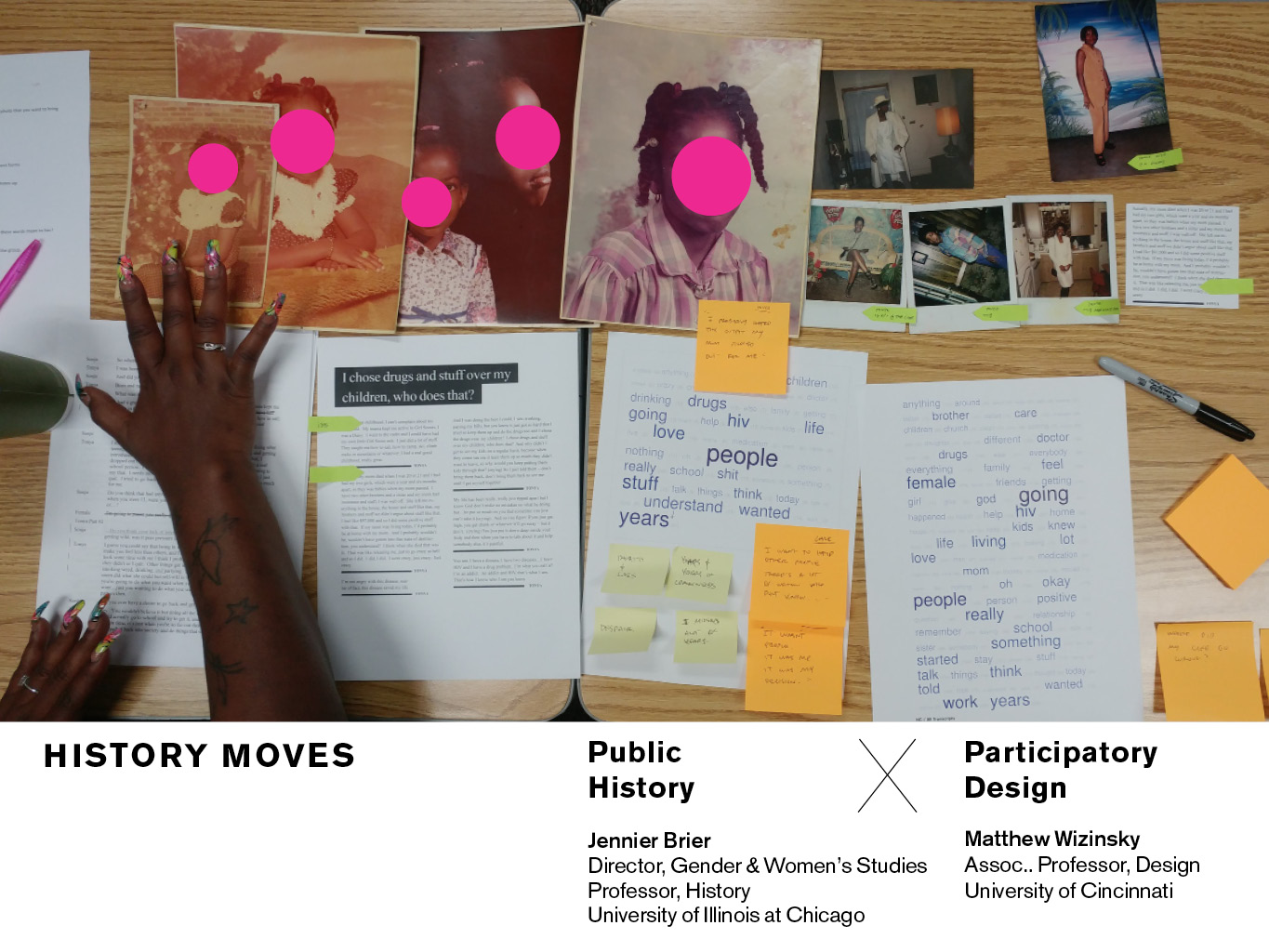
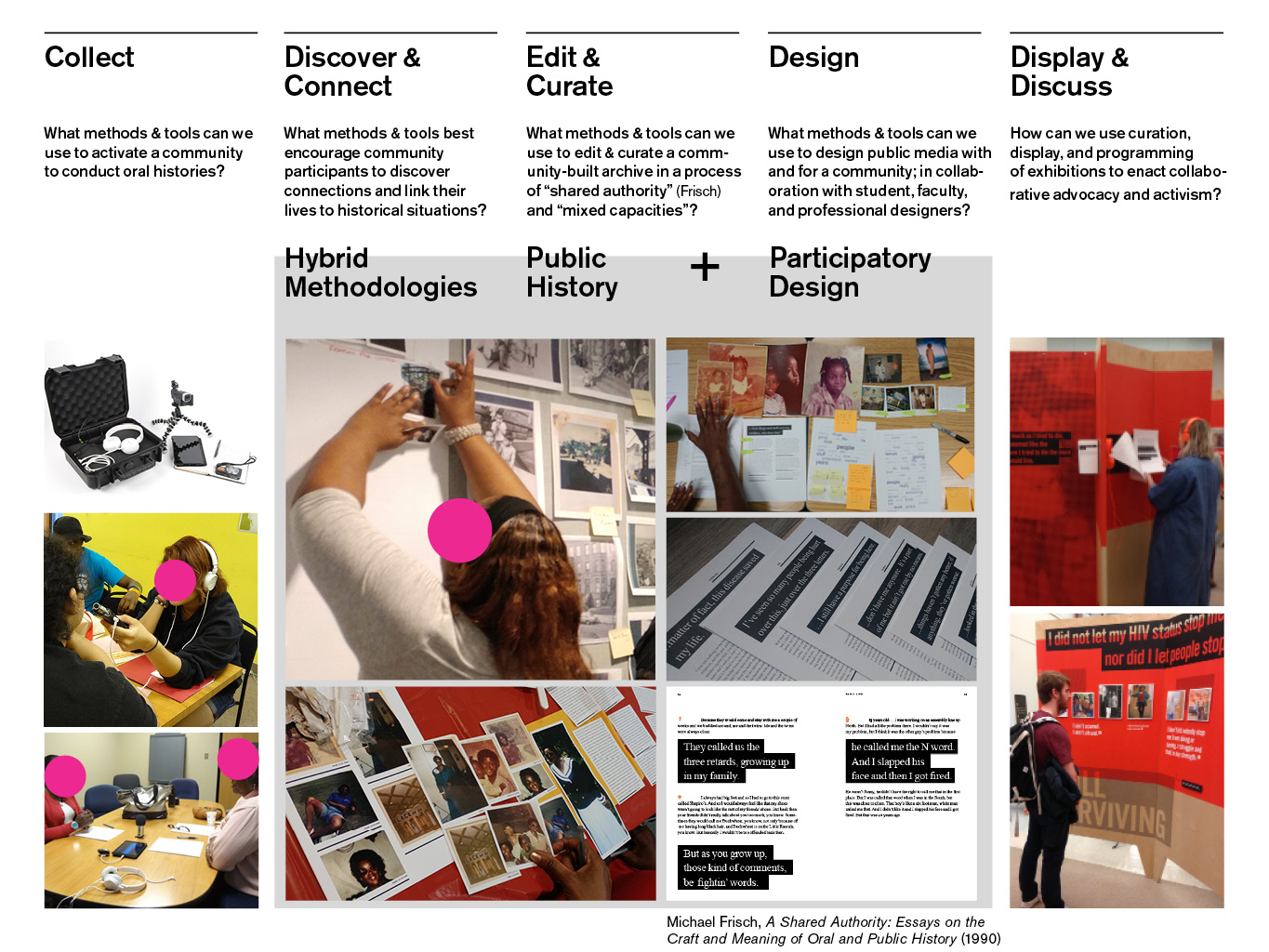

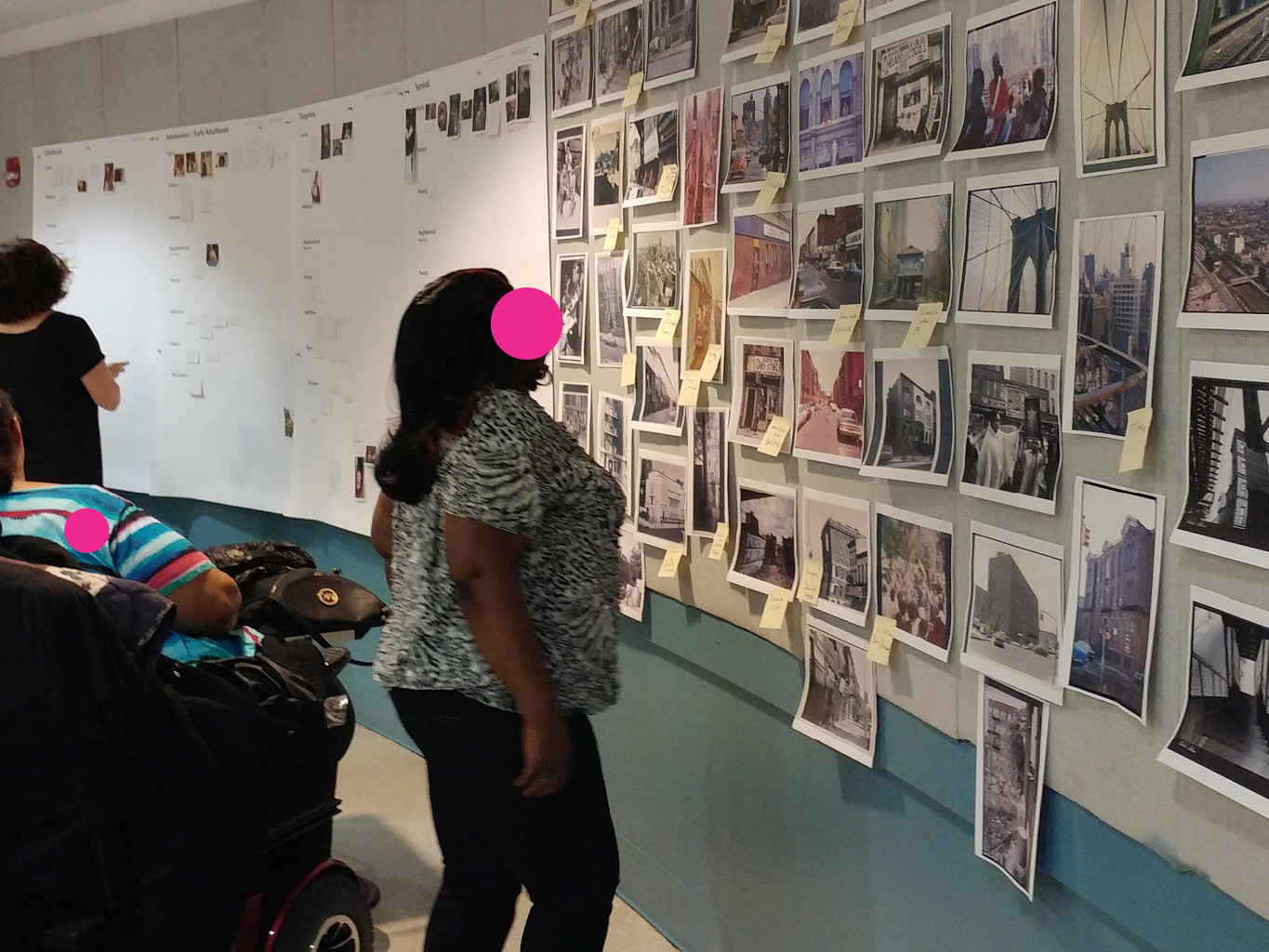
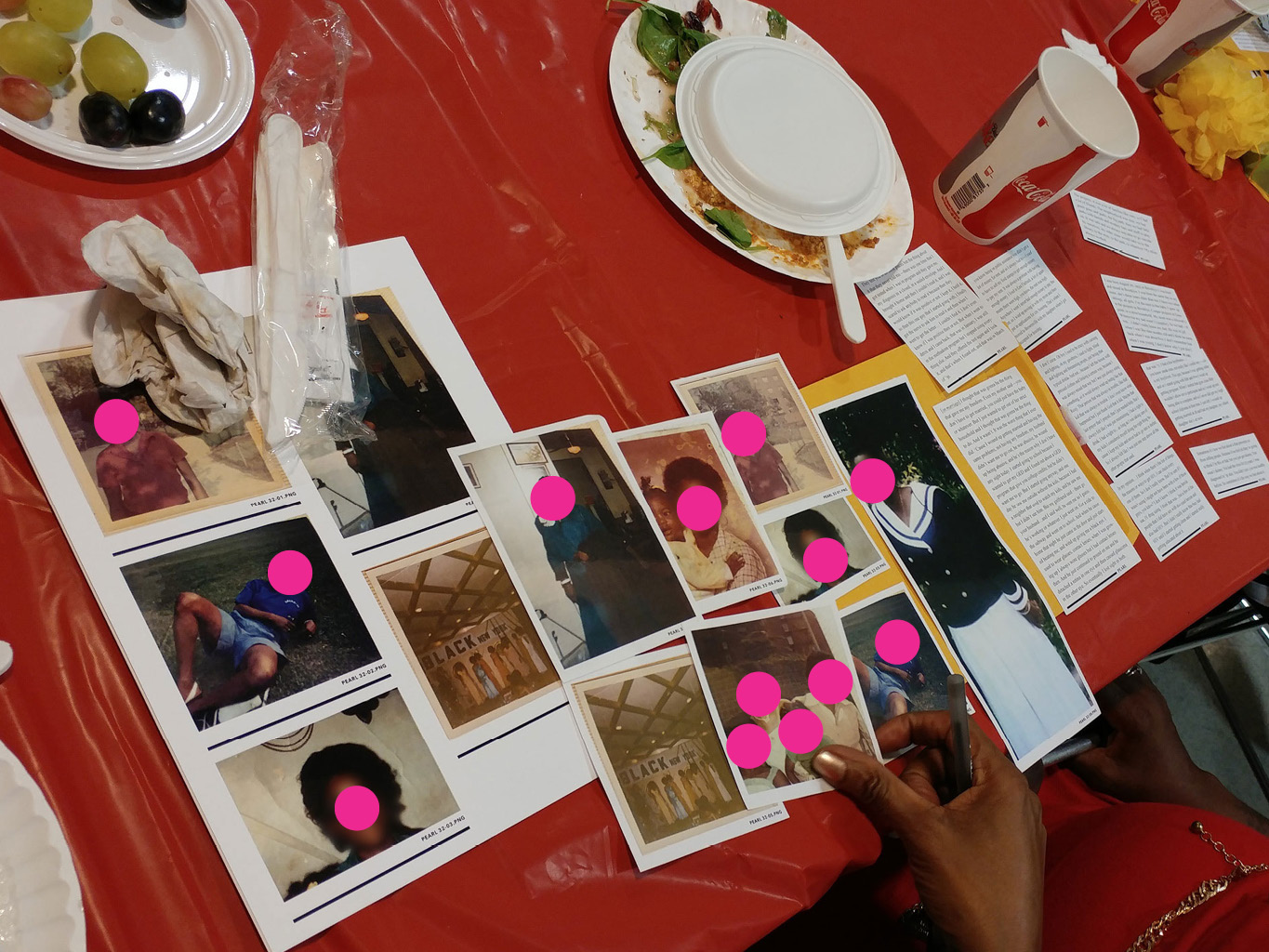


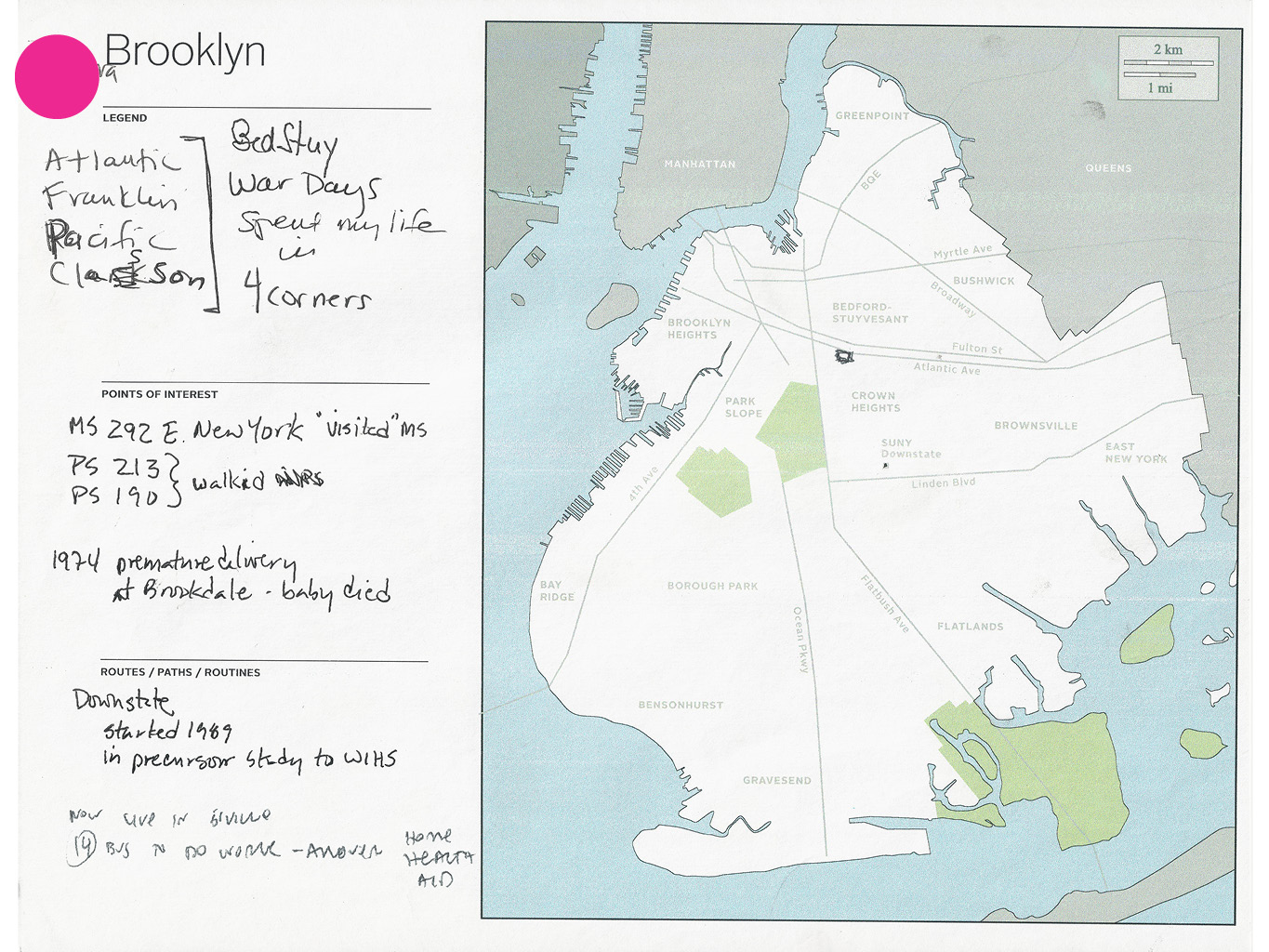
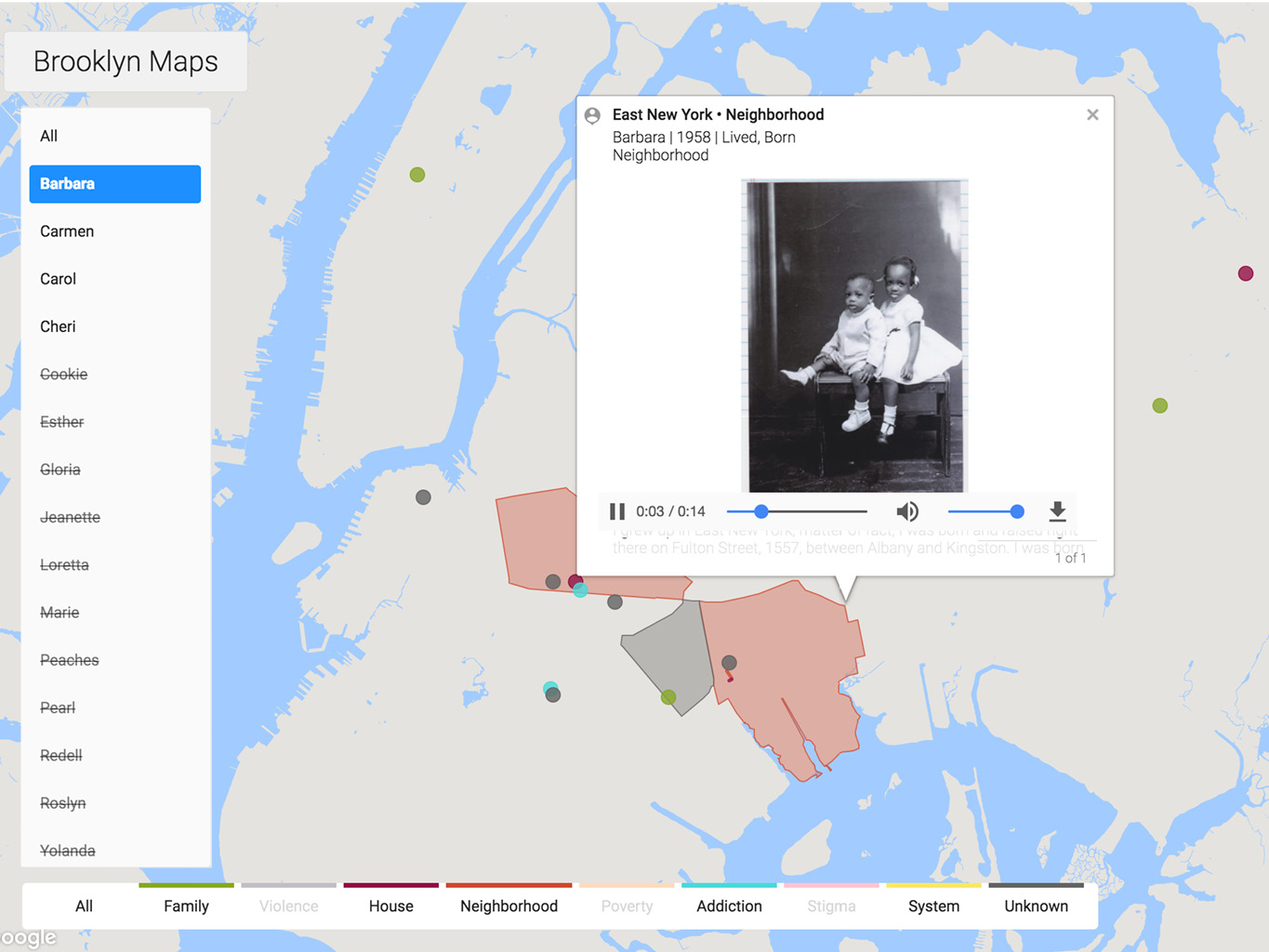
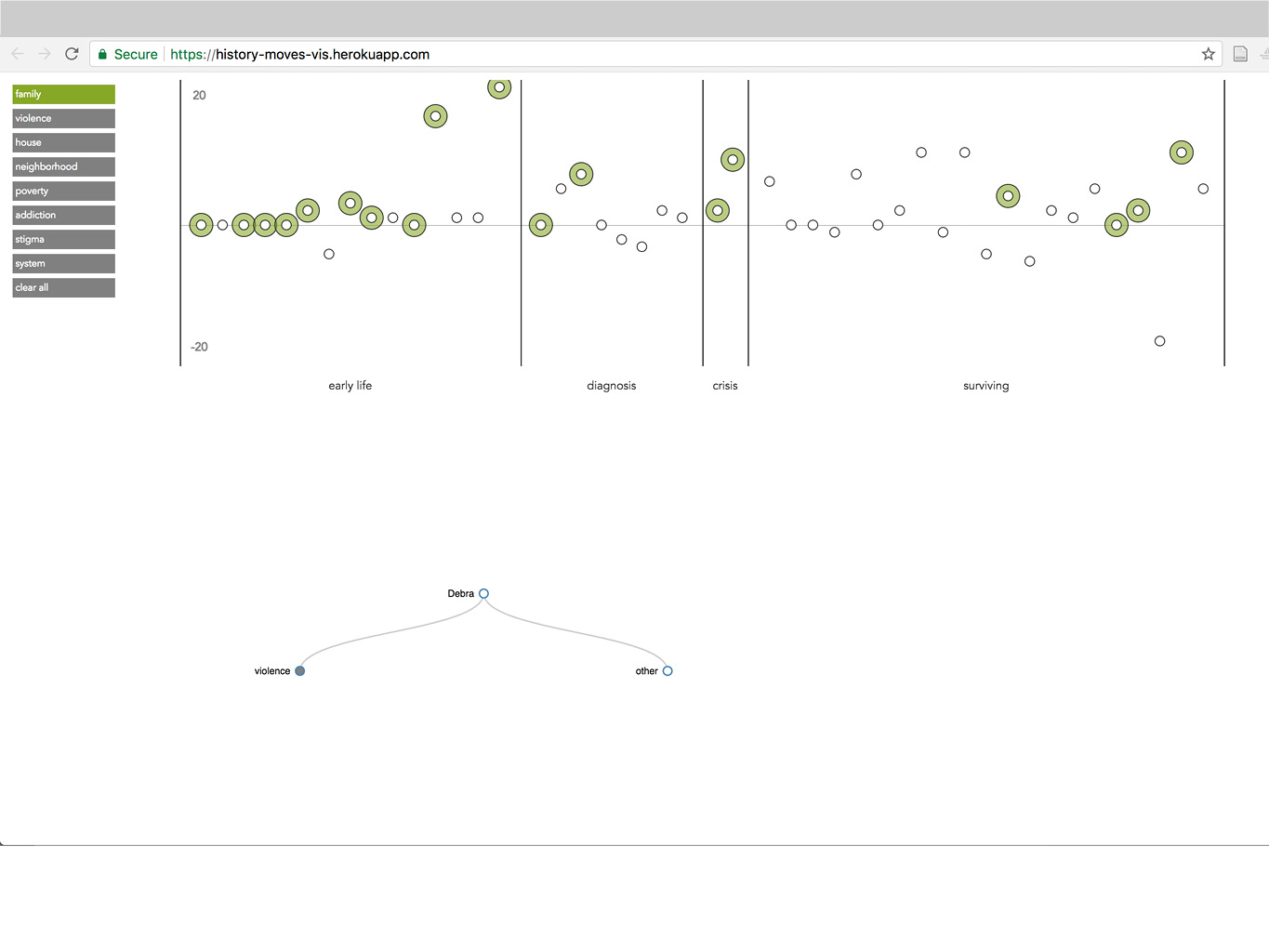
RESEARCH COLLABORATIVE / 2014–present
Ongoing, multi-project collaboration with Dr. Jennifer Brier (University of Illinois at Chicago). Supported by MAC AIDS Fund
History Moves is a research collborative that merges participatory design with public history. By transforming the process of historical production through participatory methods, would-be “historical subjects” become “history makers.” History Moves partners with community-based organizations to produce untold narratives about how communities have come to be as they are. We provide tools and facilitate methods that enable communities to connect and contextualize the lived experiences of individual participants. Through participatory workshops, History Moves encourages people to record stories of their lives in conversation with one another and to visualize those stories in order to imagine, interpret, and map their collective pasts. We produce multimedia archives presented publicly through physical exhibitions, digital exhibitions, books, films, and public events built in collaboration with each project’s participants.
NOTE: Some images redacted to preserve participants’ preferred anonymity.

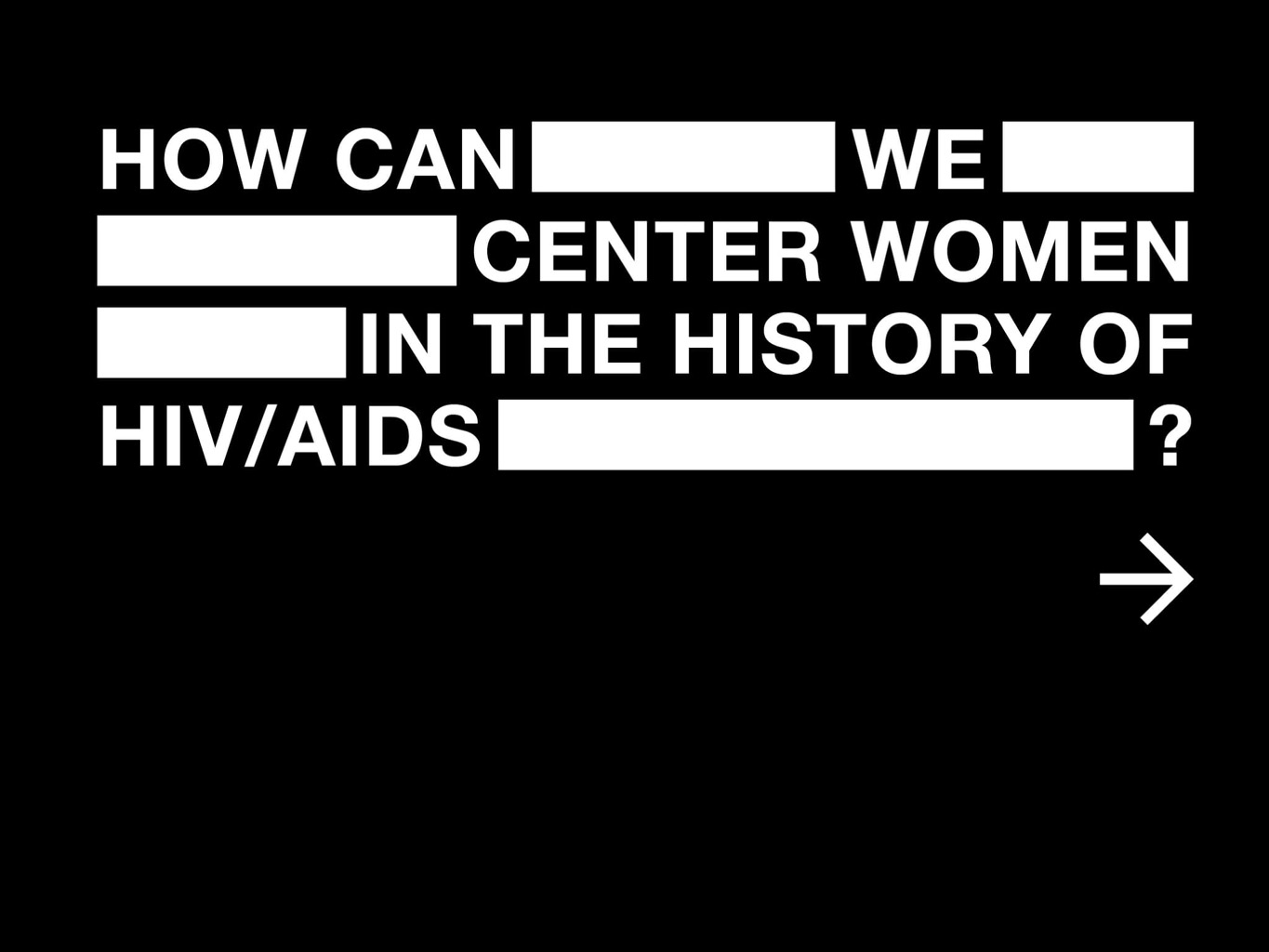

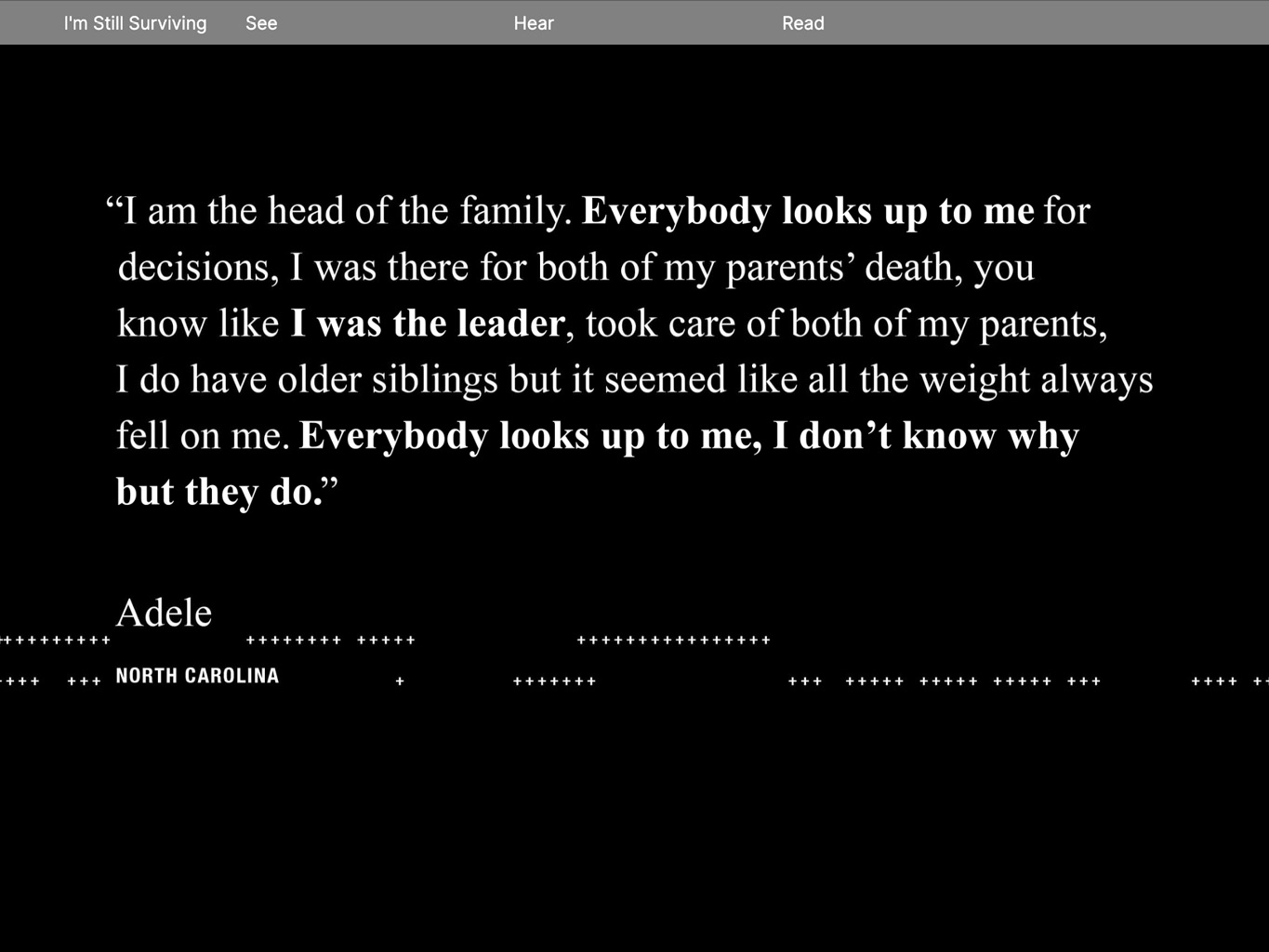
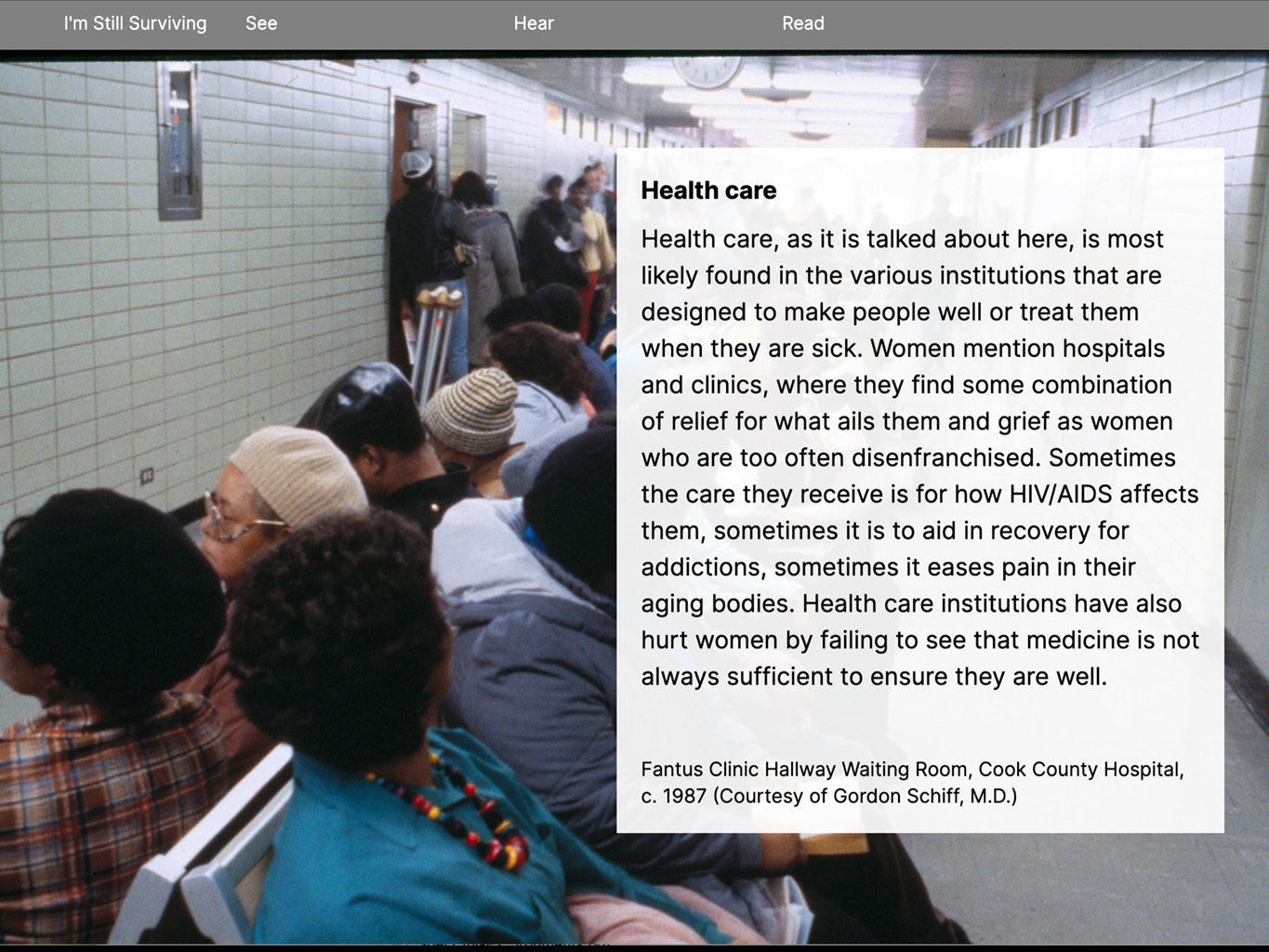
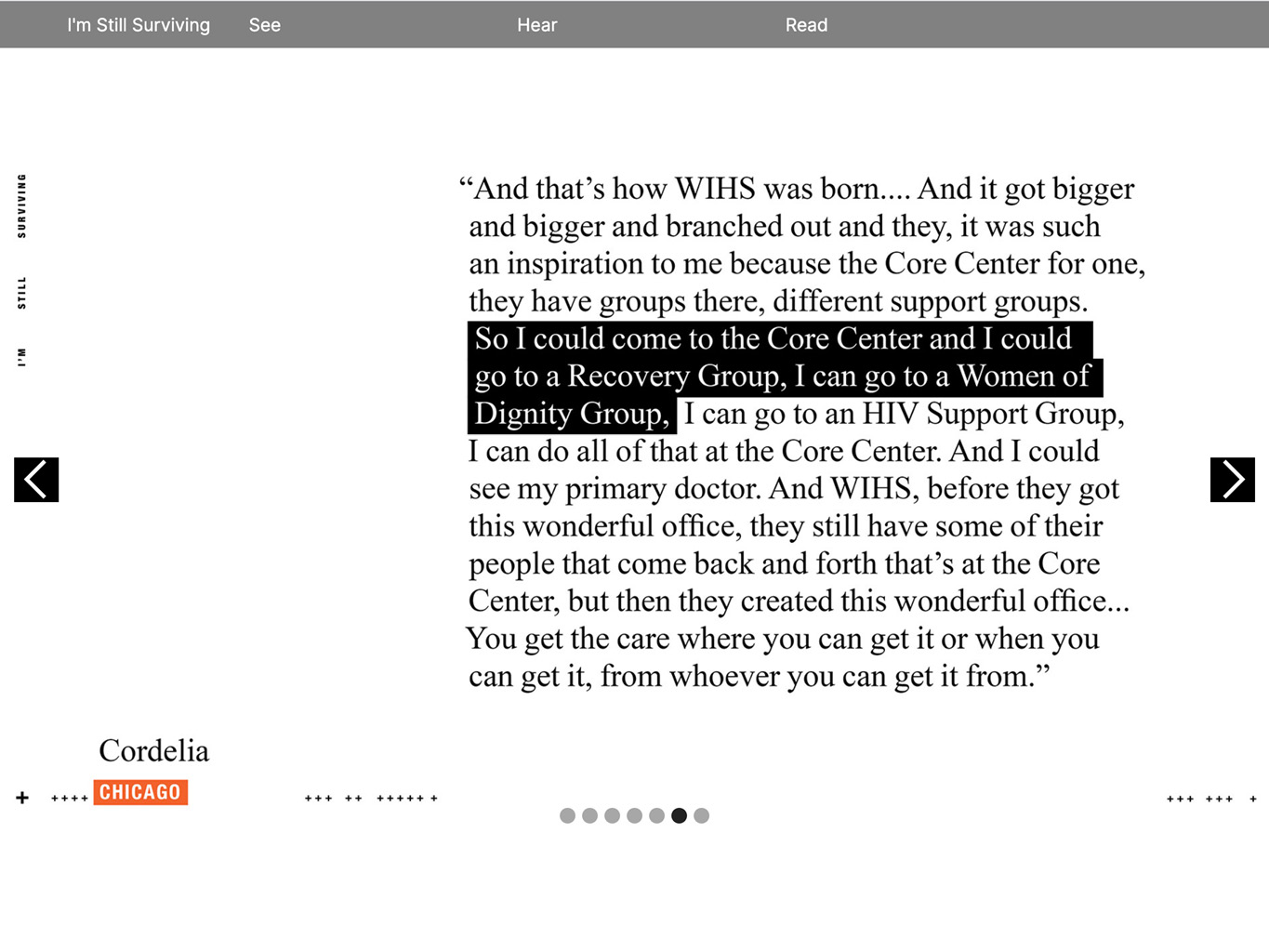
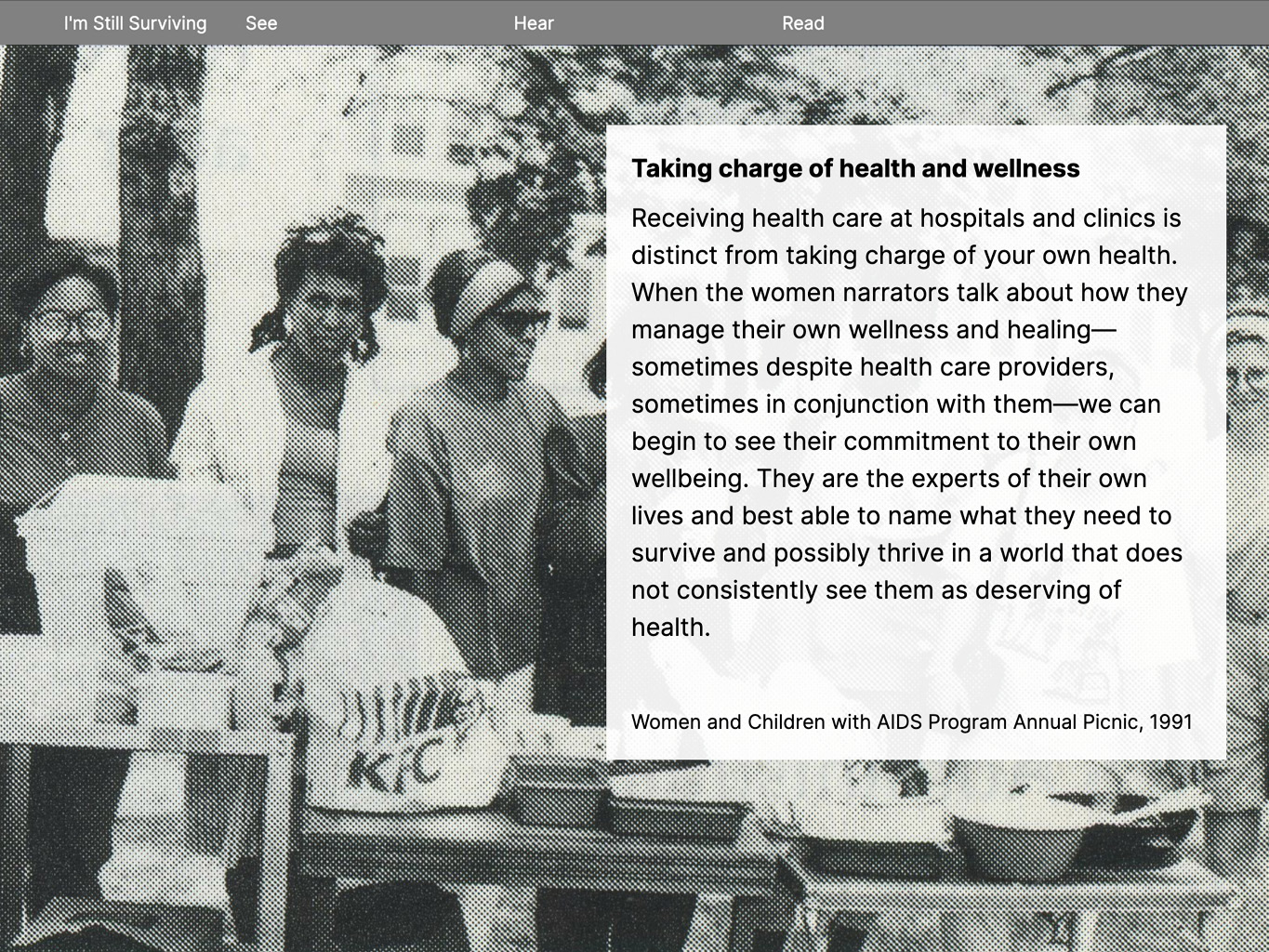
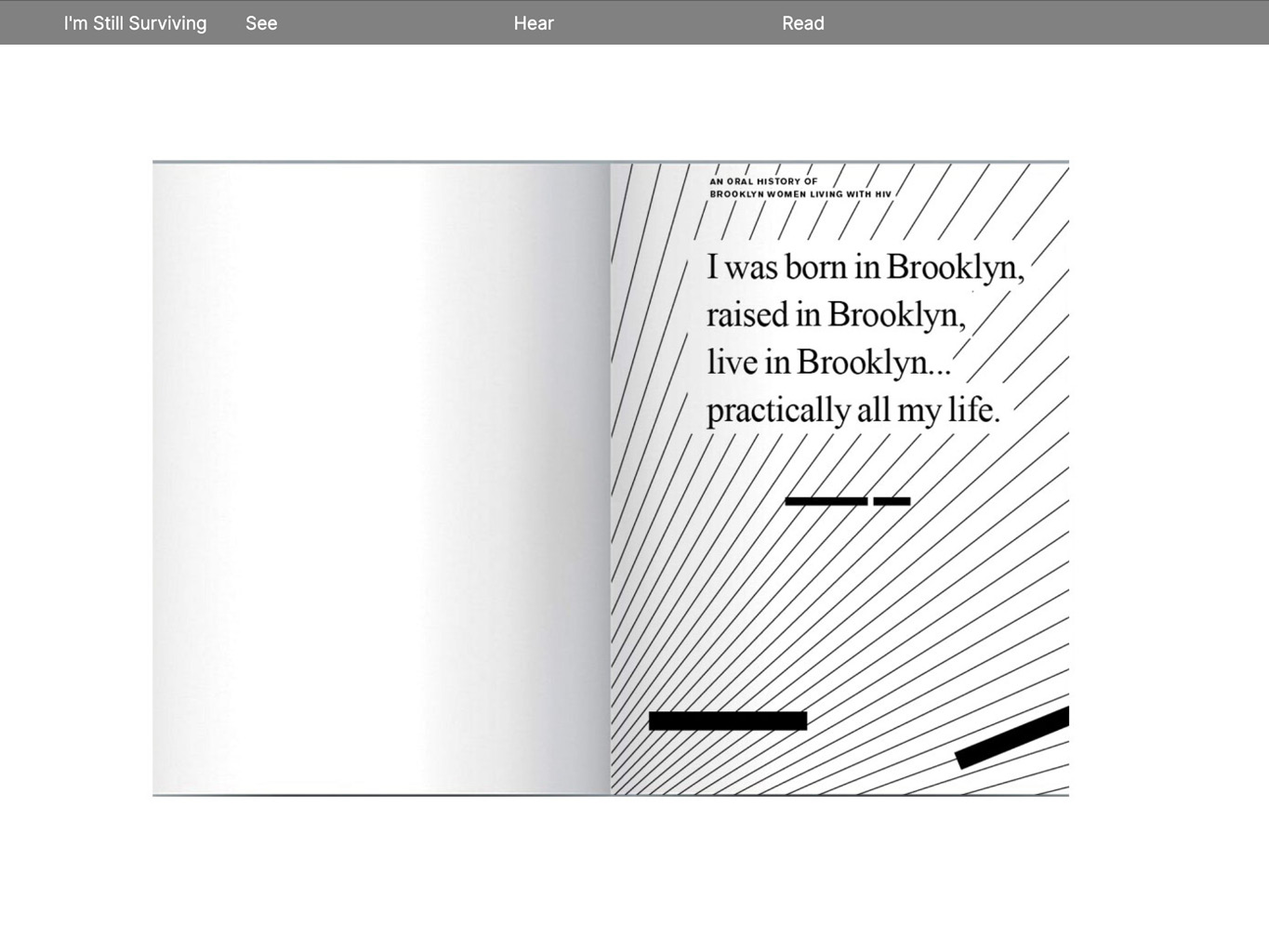

DIGITAL EXHIBITIONS & ARCHIVES / 2020
Research, Design, and Production in partnership with History Moves, WIHS Chicago, STAR Program SUNY Downstate, WIHS UNC, and students from University of Cincinnati and University of Illinois at Chicago. Supported by MAC AIDS Fund.
I’m Still Surviving is a living women’s history of HIV/AIDS. The web-based experience is produced as a collection of digital exhibitions documenting 39 women’s oral history narratives, from Brooklyn, Chicago, and cities and towns in North Carolina. This is one output from a muilti-site collaboration the Women’s Interagency HIV Study (WIHS). WIHS is the longest-running longitudinal study of women living with HIV in the world, started by Johns Hopkins Hospital in 1994. This research took place over several years with multiple formats of workshops conducted within clinics at the 3 sites.By partnering with women in the WIHS, the History Moves process creates opportunities for these women to transform themselves from anonymous subjects of medical research to the authors of their own historical narratives.
I’m Still Surviving includes visual narratives (SEE), combining quotes from the womens’ interviews with historical images collected from archives. The womens’ voices can be heard (HEAR) through a UX and interface design that produces a nonlinear, conversational experiences with the 300+ audio clips. Print-on-demand and ePub formats of books specific to each site can be previewed (READ) on the site. Taken together, surprising issues and experiences reveal what health means and how we might imagine a world that centers wellness in direct response to systemic violence and racism.
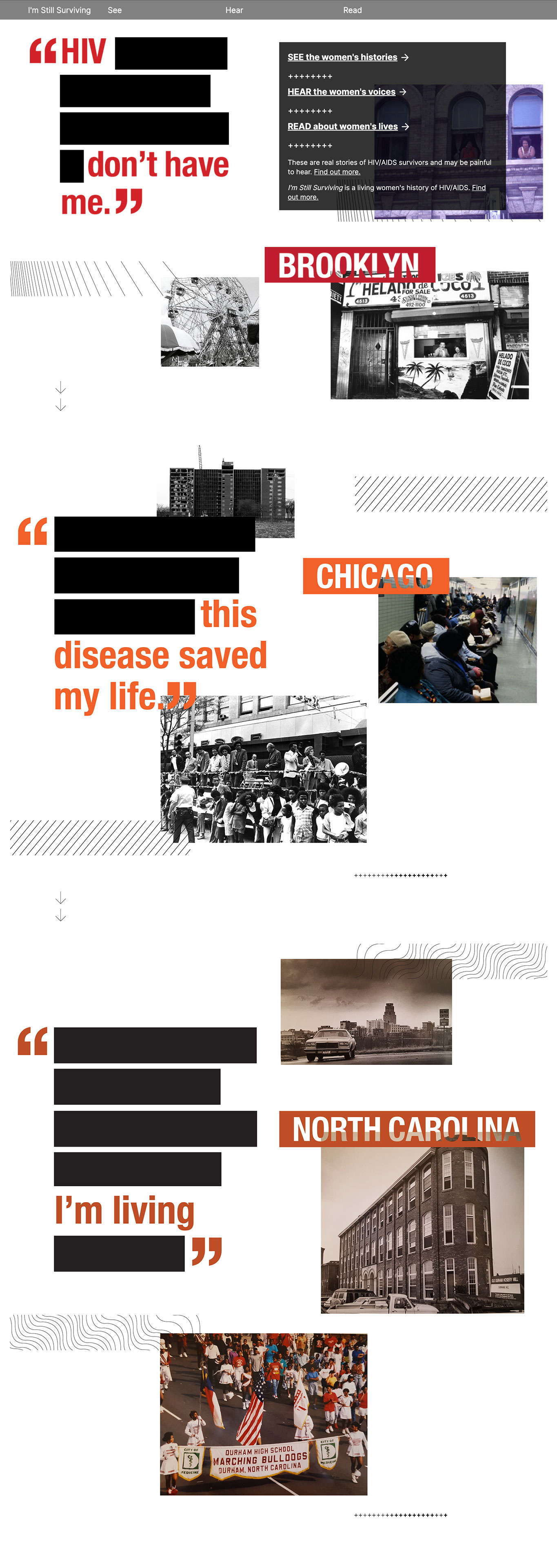
The long-scroll home page of I’m Still Surviving introduces key elements of the exhibitision—historical images, personal quotes, color and graphic systems of the design language—addressing the three different sites.


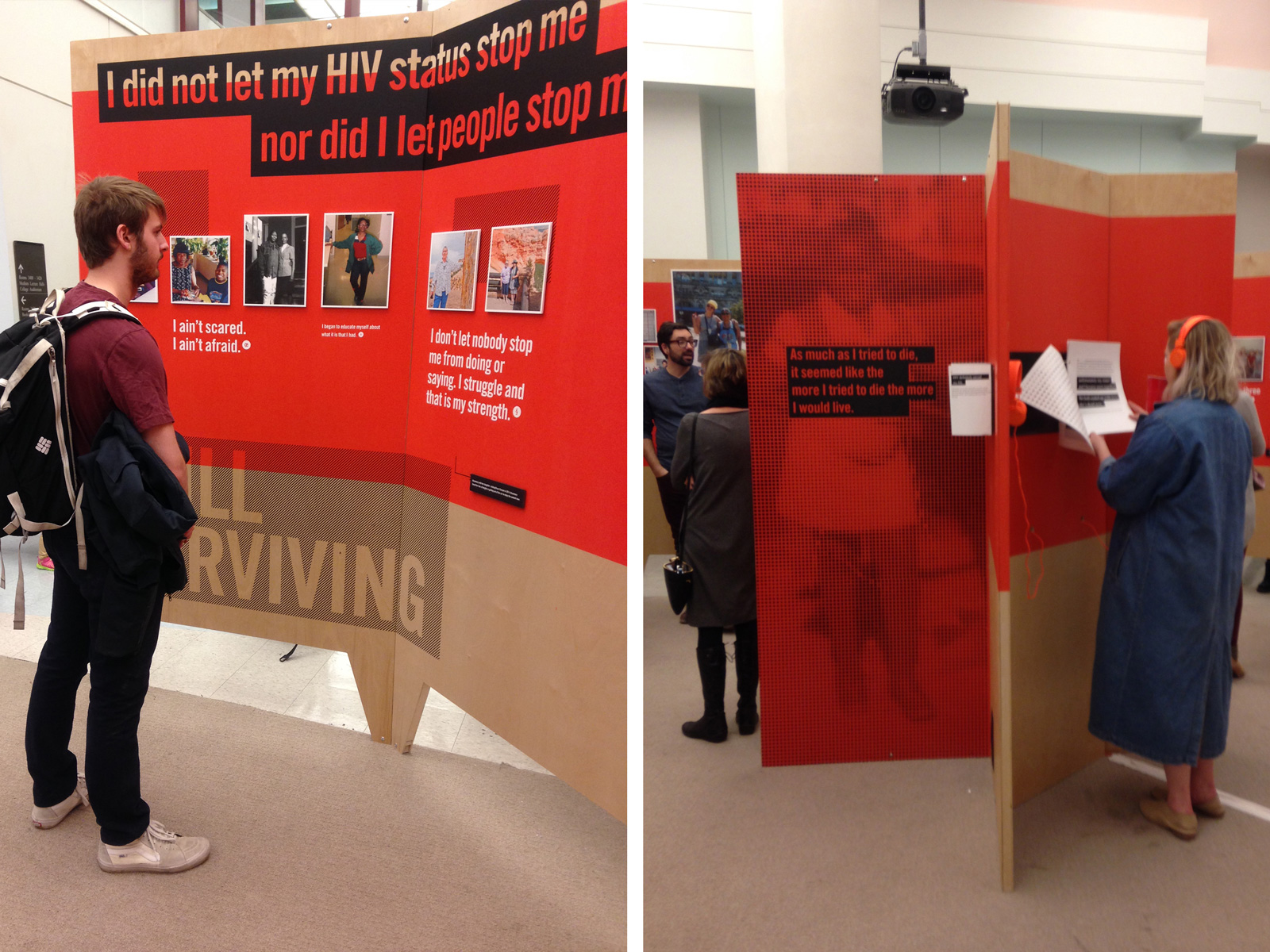

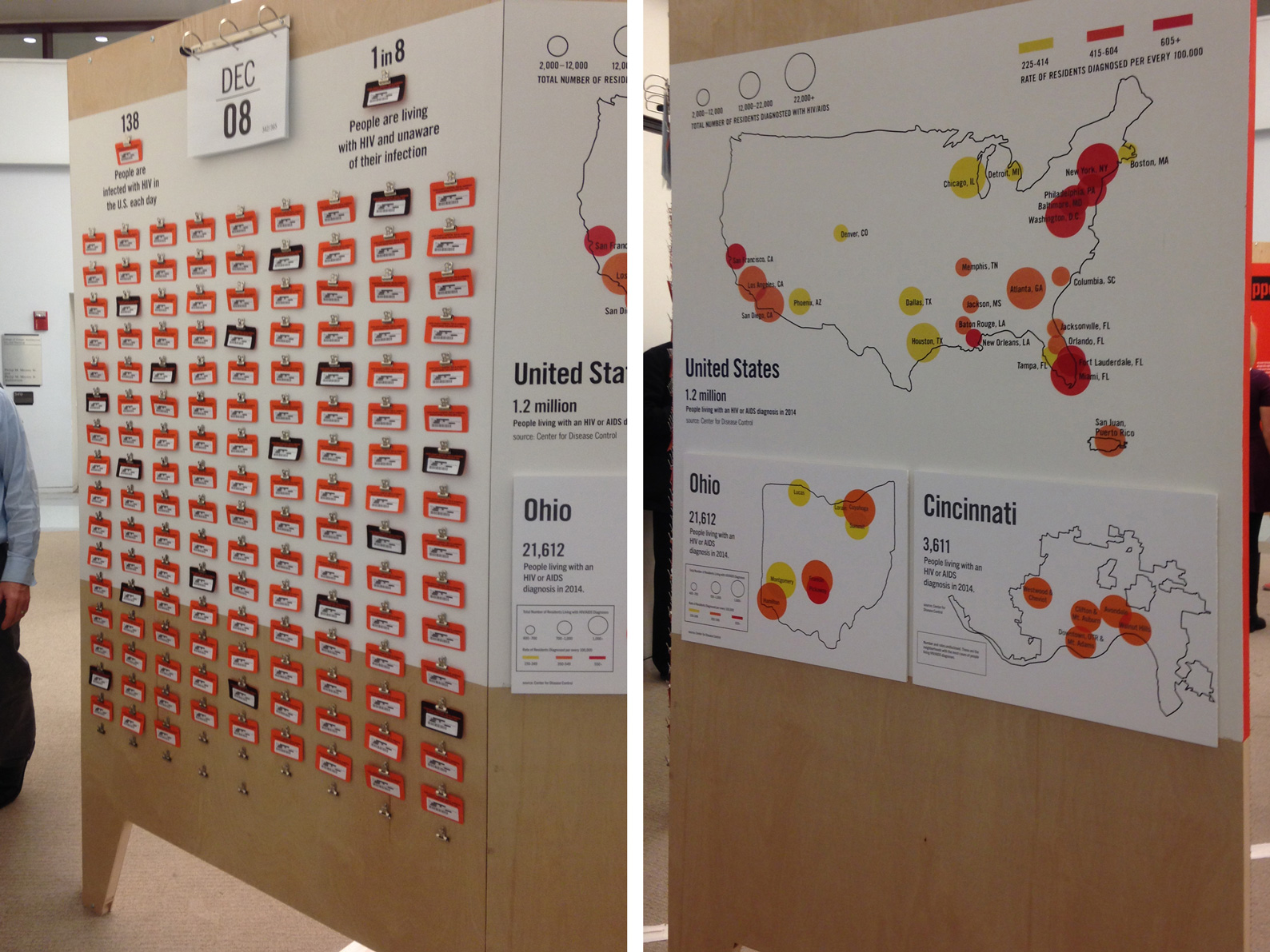
EXHIBITION / 2015
Organized, Curated, and Designed in collaboration with students in Design Methodology 1 (University of Cincinnati), History Moves, and WIHS Chicago. Supported by Nathan Cummings Foundation.
History Moves began its collaboration with the WIHS project in Chicago in 2014, which resulted in the exhibition “In Plain Sight” (based on the success of that collaboration, the project was extended to additional sites). In a 15-week Communication Design studio, students worked with existing materials from History Moves’ research with WIHS Chicago, including audio files of oral history interviews, transcripts of those interviews, plus images and documents provided by the women and digitized by researchers. They translated these materials plus their own research on relevant topics into a pop-up exhibition that embeds various digital media logics into analog forms.
The exhibition toured Chicago throughout 2016, producing opportunities for the women to participate in programming with local communities. For example, participating women gave tours to several hundred high school students who visited the exhibition on field trips.
![]()
![]()
![]()
![]()
![]()
![]()
![]()
![]()
![]()
![]()
![]()
PUBLICATION / 2015
Written, Edited, and Designed by History Moves in collaboration with women of WIHS Chicago.
One method in the History Moves model of participatory and collective historical authorship includes the making of books. Through workshops, community participants work together to synthesize individual stories into cohesive and contextualized historical accounts. The making of the books also serves as a method to advance the collaborative work of identfying and naming connective themes and clusterning collected materials around them. In other words: book-making as research method.
The exhibition toured Chicago throughout 2016, producing opportunities for the women to participate in programming with local communities. For example, participating women gave tours to several hundred high school students who visited the exhibition on field trips.

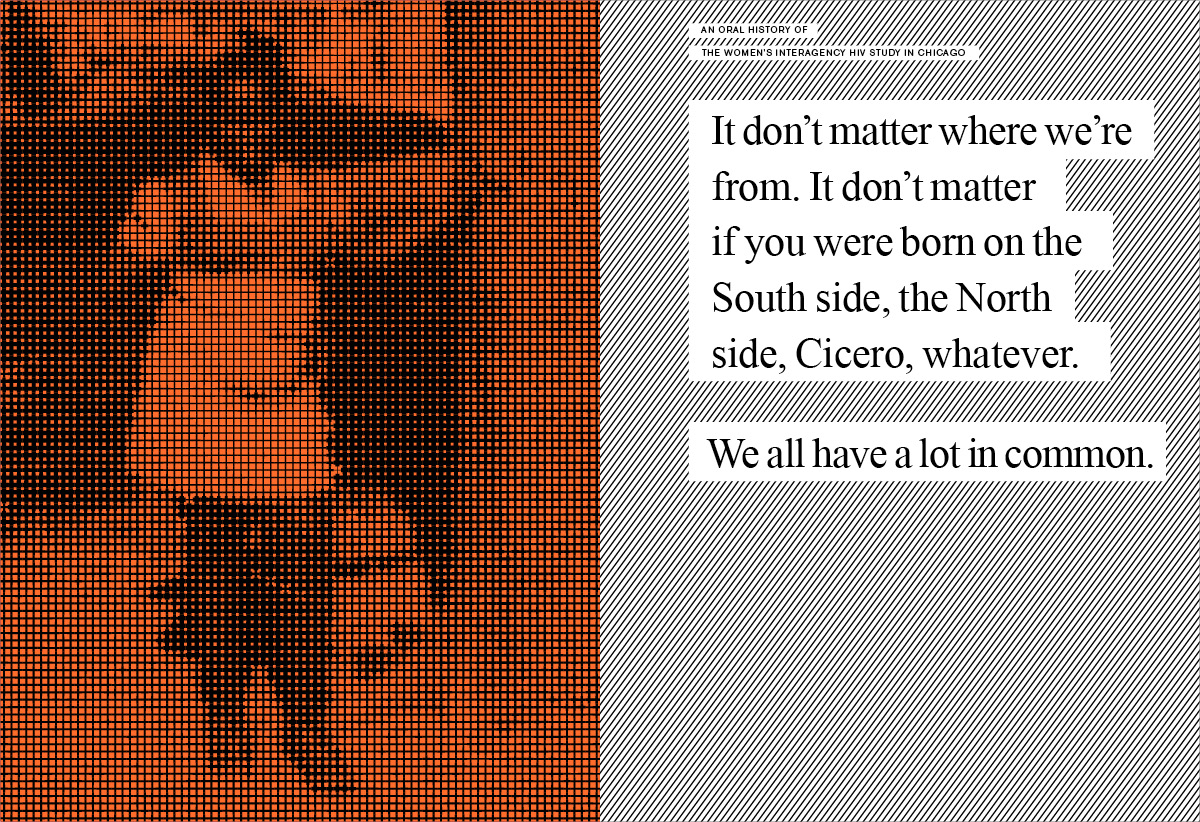



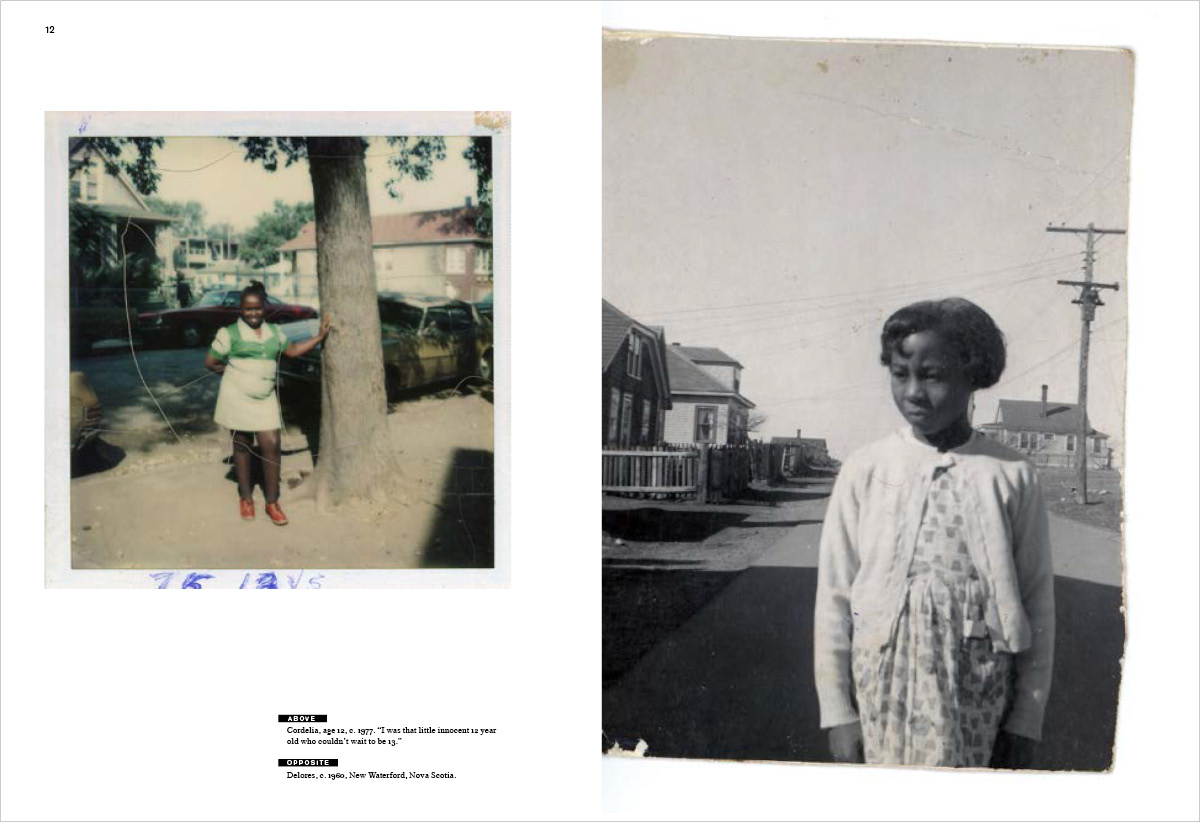

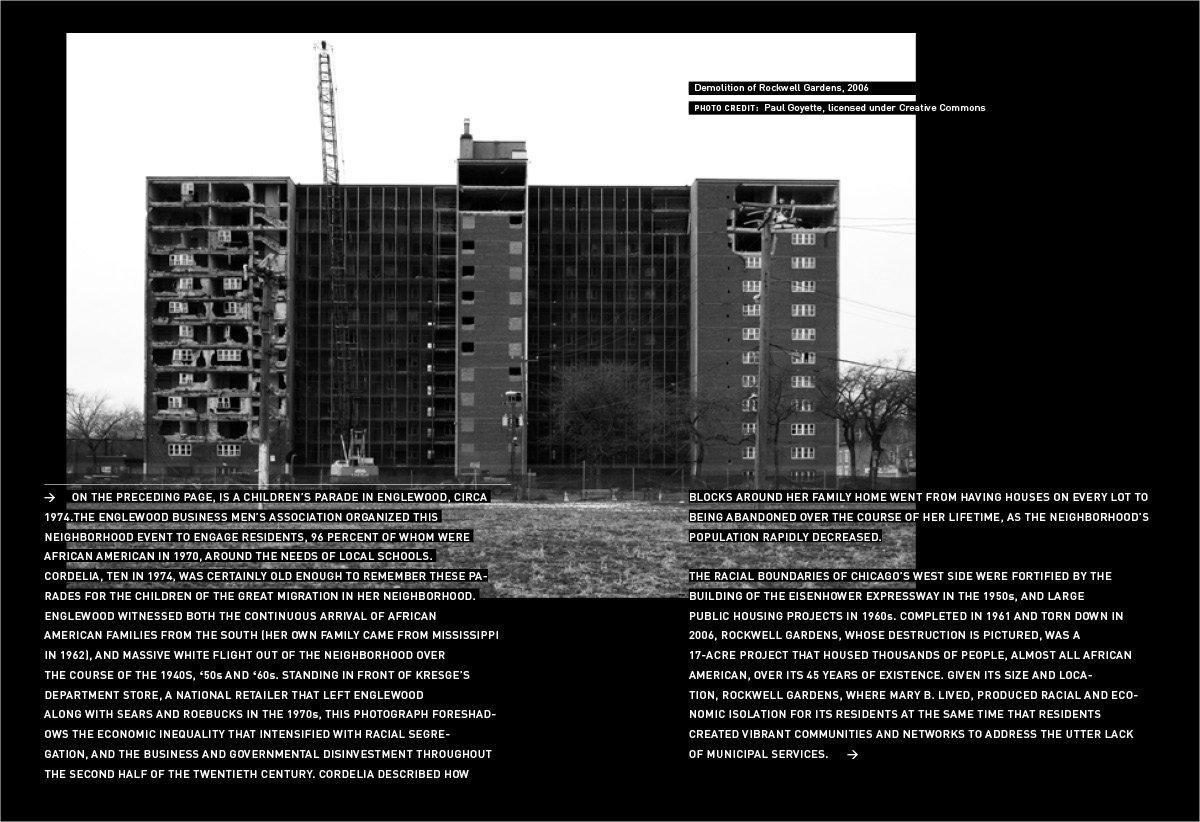



PUBLICATION / 2015
Written, Edited, and Designed by History Moves in collaboration with women of WIHS Chicago.
One method in the History Moves model of participatory and collective historical authorship includes the making of books. Through workshops, community participants work together to synthesize individual stories into cohesive and contextualized historical accounts. The making of the books also serves as a method to advance the collaborative work of identfying and naming connective themes and clusterning collected materials around them. In other words: book-making as research method.
DIGITAL FILM / 2016
Written, Edited, and Produced by History Moves in conjunction with women of WIHS Chicago; with design support from Alexander Hayashi (University of Illinois at Chicago) and Josh Hill (University of Cincinnati).
I'm Still Surviving: 20 Years of the Women's Interagency HIV Study in Chicago is a short film, produced with a combination of audio from the participants’ oral histories and a blend of personal and archival images.
RELATED PUBLICATIONS
Wizinsky, M., Mann, N., Lee, J., McCabe, E., Avant, J. & Arthur, G. (2019) “Curatorial Groupware; Designing Collaborative Curation Tools for Public Exhibition of Community-Built Archives.” Proceedings of IASDR 2019.
Wizinsky, M. (2019) “Violence, Vulnerability, & Care: Participatory Design in Public History and Public Health Toward a Model of Translational Design Research.” Design for Health 3(2): 4–26. DOI: 10.1080/24735132.2019.1583400
Wizinsky, M. (2017) “Violence, Vulnerability & Care: A Women’s History of HIV in America.” Proceedings of the 4th International Conference on Design4Health, Kurt Seemann & Deirdre Barron (eds.).
Brier, J. & Wizinsky, M. (2016) “History Moves: Mobilizing Public Histories in Post-Digital Space.” Scholarly and Research Communication, 7(2), 2016: 13 pp. DOI: 10.22230/src.2016v7n2/3a248